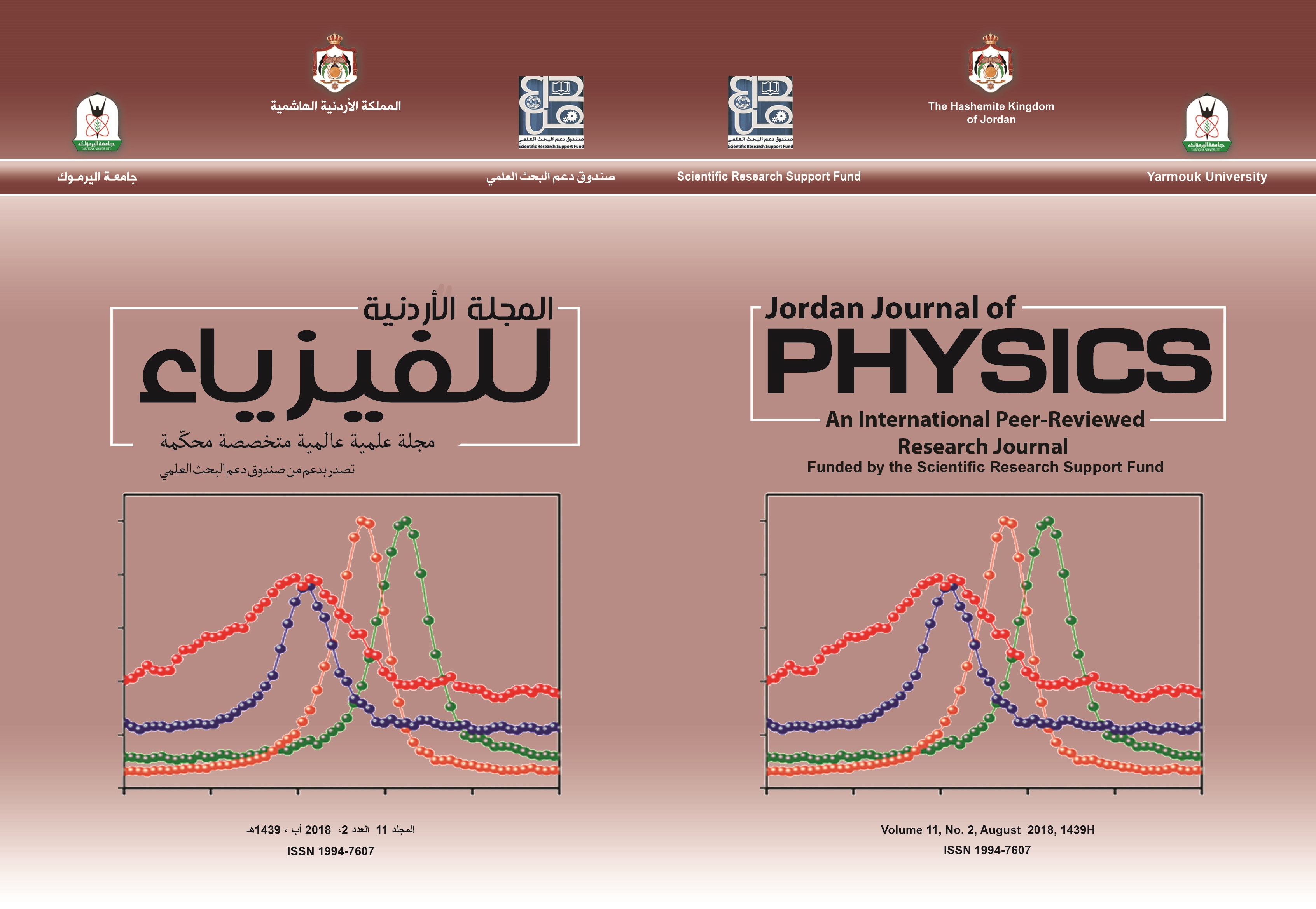Optical Constants Determination of Thermally-Evaporated Undoped Lead Iodide Films from Transmission Spectra Using the PUMA Method
Abstract
0.7-μm thick lead iodide (PbI2) films thermally-evaporated on glass substrates held at different temperatures are studied. Typical observed X-ray diffraction (XRD) patterns and scanning electron microscope (SEM) micrographs of such PbI2 films prepared at high substrate temperatures ) were found to be crystalline with hexagonal 2H-polytypic structure with the c-axis perpendicular to the surface. The room-temperature normal-incidence transmittance of the PbI2 films has been measured as a function of spectral wavelength in the range and was used to retrieve the spectral dependence of their optical constants and using the Pointwise Unconstrained Minimization Approach (PUMA) method. The energy variation of the absorption coefficient of the PbI2 films in the region of strong optical absorption was analyzed using various interband transition models and was found to be reasonably described by an approximate power-law relation , with and (Tauc interband dielectric model, where is the optical bandgap energy). But it is more remarkable for and (direct interband transition model) over a broader spectral range. For and in the transparent and weak absorption regions, the PUMA-retrieved data of the PbI2 films were found to fit the Wemple-DiDomenico (WDD) dispersion formula, with bandgap energy parameter , single-oscillator energy strength and static index of refraction . Analysis of the data in the absorption tail to Urbach formula yielded an Urbach-tail parameter that decreased with increasing substrate temperature to a value around to at the high substrate temperature side. These results indicate that using film growth temperatures beyond leads to an enhancement in the crystallinity of the PbI2 films and reduces band tailing.
Keywords: PbI2 films, Optical constants, PUMA method, Wemple-DiDomenico model, Interband transition models.


